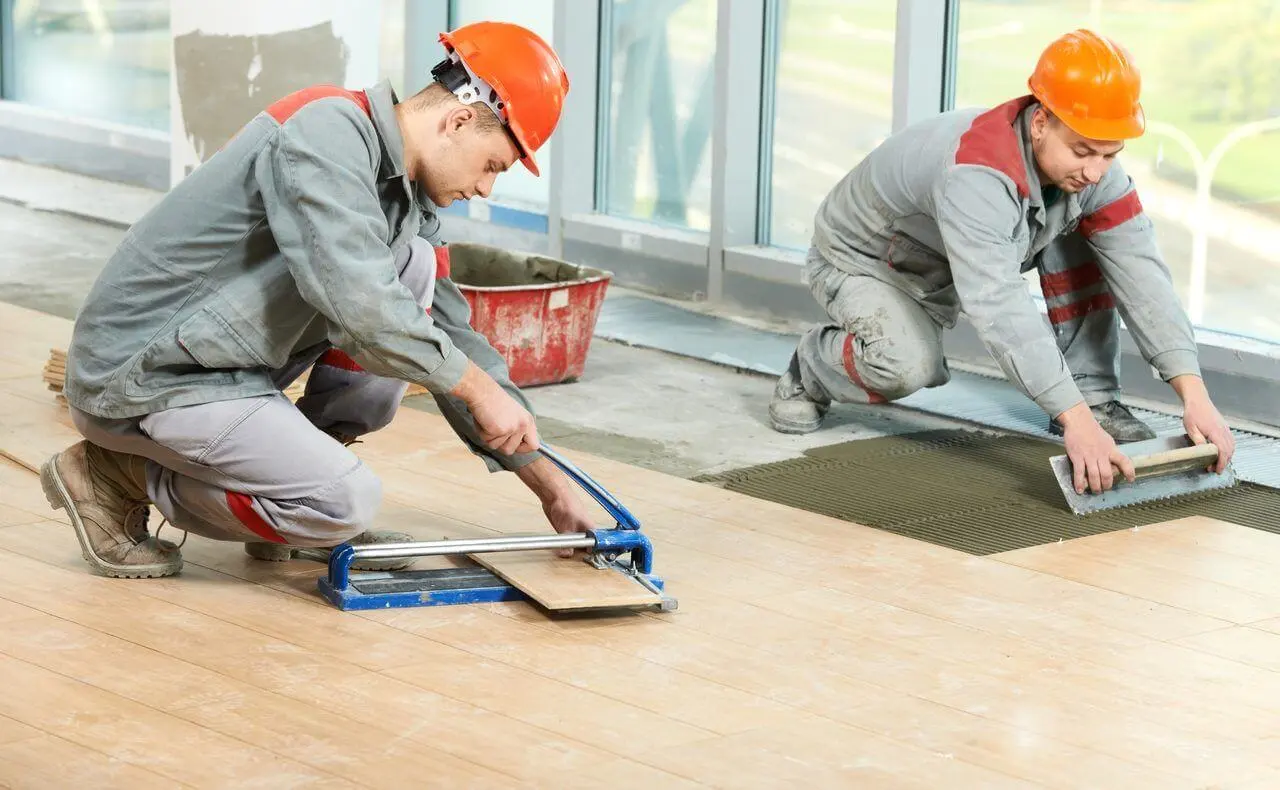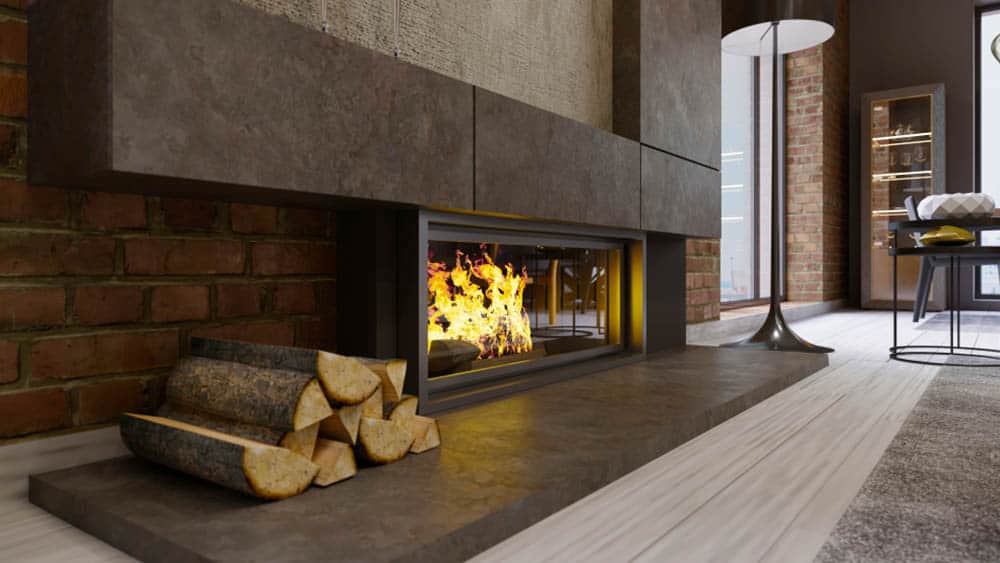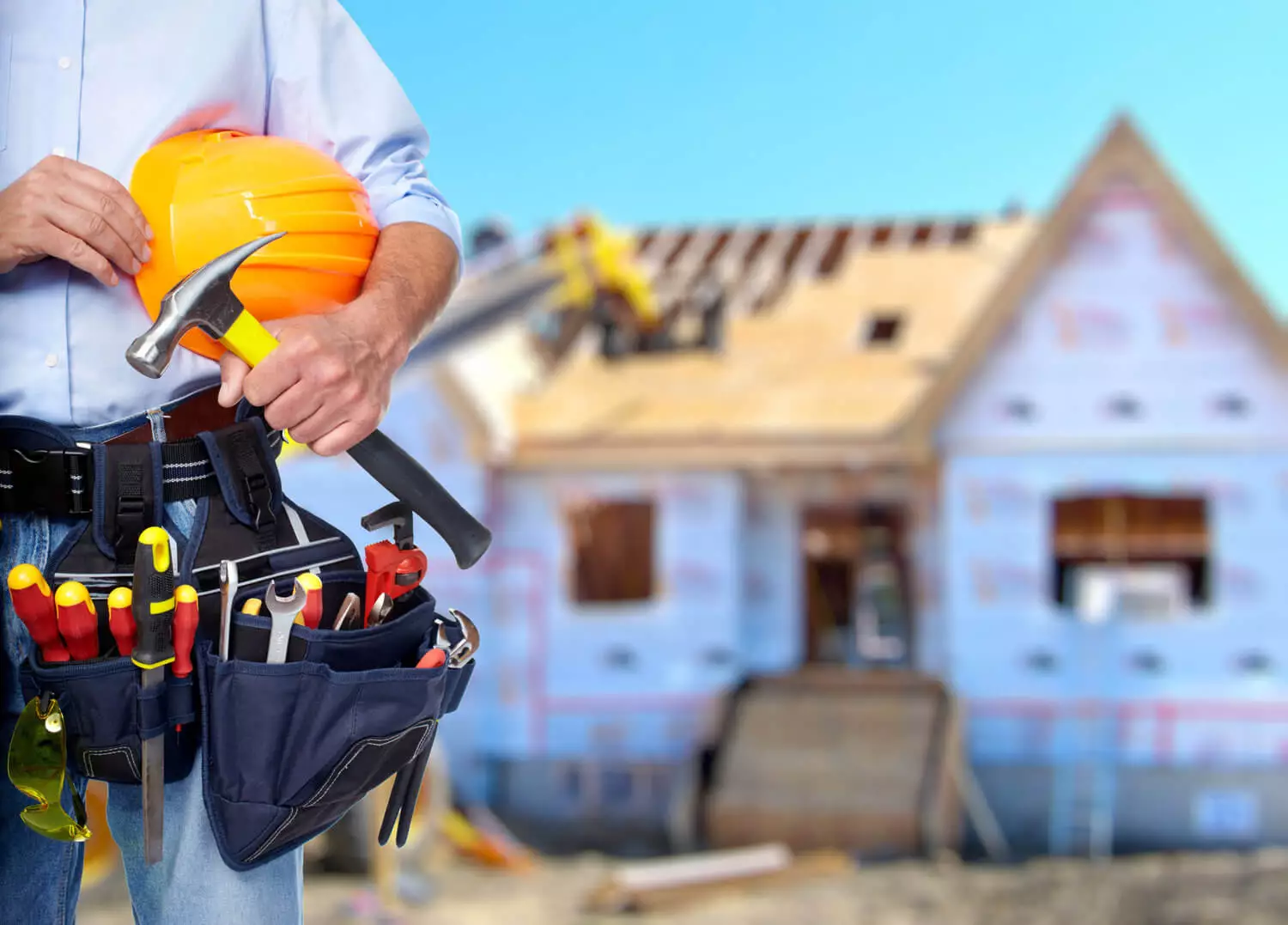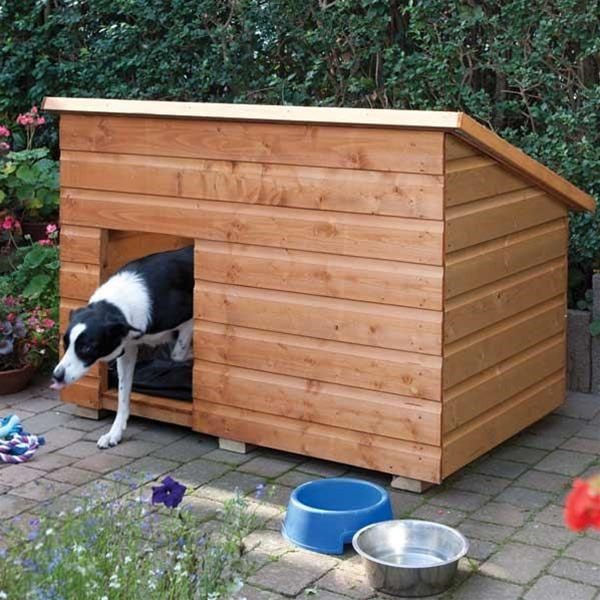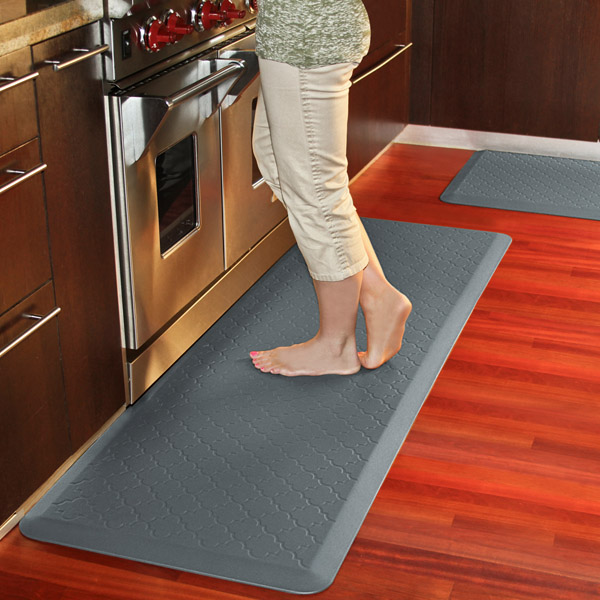When it comes to keeping your home warm, dry and healthy to live in, damp proofing is a crucial measure. Unfortunately though, it’s often overlooked until problems emerge – or get worse.
Many people simply don’t realise how damaging damp can be, especially when this damage is taking place behind walls and under floors. By the time they become aware of a problem, it’s too late – and they’re faced with a huge repair bill.
So no matter if you’re living in an older property or a new build, it’s crucial to understand the importance of damp proofing – and get it sorted now. It can save you money, stress and headaches down the line.
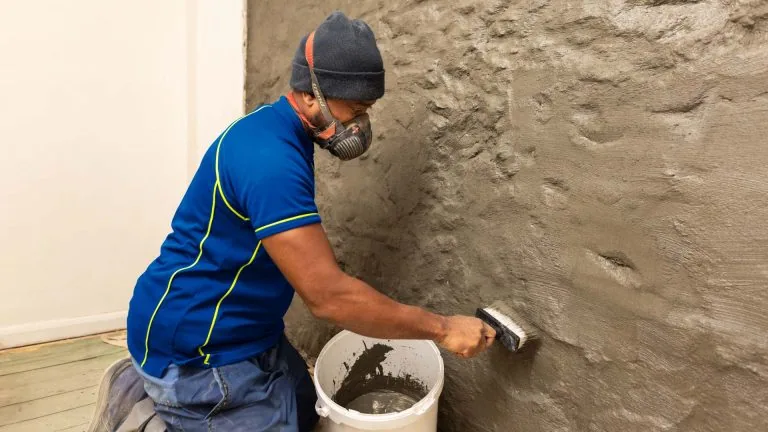
Content
What Is Damp Proofing?
Damp proofing refers to the range of methods used to prevent moisture from entering the interior spaces of a building.
Methods may include installing physical barriers or applying chemical treatments, or making structural modifications designed to resist damp penetration. The main aim is to protect your home from the various types of damp which can affect it. These include rising damp, penetrating damp and condensation.
Each of these can cause serious damage, from crumbling plaster and stained walls to rotten timber. Just as worrying a problem is unhealthy mould and mildew growth, which can affect the air quality inside your home. The last thing you want is for you and your family to be breathing in mould spores.
5 Warning Signs Your Home May Need Damp Proofing
Damp may not always be obvious, but there are some signs to look out for. If they’re only mild, you may not be aware of a problem. If you spot any of the below though (especially if you notice more than one), you should take action:
- Peeling paint or wallpaper
- Musty smells in certain rooms
- Mould or mildew patches
- Discoloured or damp walls and ceilings
- Warped or rotting floorboards or skirting boards.
Remember that damp hardly ever goes away on its own – it only gets worse over time.
The Benefits of Damp Proofing Your Home
Here are just a few of the many reasons you should make sure your home is fully damp proofed:
1. Protects Structural Integrity
Moisture can weaken the very bones of your home, from the brickwork to the timber. This is serious long-term damage that can happen very gradually over time, but could potentially threaten the very stability of your home’s structure.
2. Prevents Costly Repairs
Instead of having to deal with the consequences of damp – rotting floors, flaking plaster or even major rebuilding work – after they happen, you can take simple, preventative steps today.
Damp proofing is a proactive approach, one which helps you to avoid having to shell out for extensive (and expensive) repairs in the future.
3. Improves Indoor Air Quality
Damp environments are unfortunately a breeding ground for mould and mildew, both of which can have serious effects on respiratory health. If anyone in your home has asthma or another respiratory problem, damp is an absolute no-no.
Damp proofing keeps these harmful fungi and their spores at bay, making your home healthier for everyone.
4. Enhances Property Value
A damp-free home is quite simply more attractive to buyers, while one with musty smells or water staining on the wall is most definitely not.
If you ever plan to sell your property, it’s good to ensure you have a well-maintained, dry home with all the right paperwork relating to damp proofing measures.
Commonly Used Damp Proofing Solutions
Depending on your home’s specific needs and what type of damp is affecting it (or could affect it in the future), there are several damp proofing solutions available:
- Damp Proof Course (DPC) – this is a layer of waterproof material inserted into the walls to prevent rising damp
- Damp Proof Membrane (DPM) – this is a kind of plastic sheet laid under concrete floors to block moisture from the ground.
- Tanking Slurry – this is a waterproof coating applied to walls, most often used for basements and cellars (places below the water table) where water ingress can be a major issue.
- Chemical Damp Proofing – this involves injecting a specially designed chemical solution into walls to create a water-repellent barrier.
A qualified damp proofing specialist will be able to assess your property and recommend the most appropriate solution based on the type and extent of damp present.

Melissa Day is a dedicated home blogger who has been blogging for over six years. She covers everything home related. Melissa also loves writing posts about her travels to Europe with her husband and two children.

